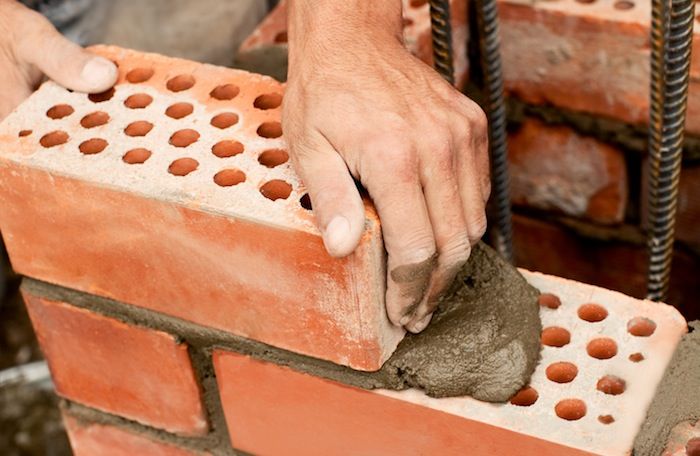
The construction industry continued to rally in March, growing for the fifth month running, and hitting a new monthly high according to the latest figures from the Office of National Statistics.
These ONS figure show that monthly construction output increased by 1.7% in volume terms in March, to £14,994m. This is the highest figure, in monthly level terms, since the ONS began collating this data in January 2010.
This increase in activity was driven by increases in both repair and maintenance (3.0%) and new work (1.0%). The ONS noted that storms in mid-February helped contribute to these record figures, with higher demand for repair work across many parts of the country.
At the sector level, the ONS said private housing repair and maintenance (5.8%) and private commercial new work (4.0%) were the main contributors to the monthly increase.
The ONS said that the level of construction output in March 2022 was 3.7% above the February 2020 level, prior to the Covd-19 lockdown. It said new work was 1.6% (£148m) below the February 2020 level, while repair and maintenance work was 13.8% (£687m) above the February 2020 level.
Along with the monthly increase, construction output rose 3.8% in Q1 2022. The ONS said outside of the coronavirus pandemic period, this is the strongest quarterly growth since Q1 2017 — where output rose by 3.9%. The annual rate of construction output price growth was 7.3% in the 12 months to March 2022. This was the strongest annual rate since records began in 2014.
However, total construction new orders decreased by 2.6% (£346m) in Q1 2022 compared with Q4 2021. But despite this quarterly fall, all sectors are still above their pre-coronavirus pandemic level.
Property consultancy and surveyors Naismiths describes these figures as both “a win and a worry”. Managing director Gareth Belsham says: “After February’s wobble, construction output snapped back into growth territory in March, to hit £15bn for the month – its highest ever level.
“After building up a huge head of steam last year, momentum is still strong – and the construction industry expanded by an impressive 3.8% in the first quarter of 2022.
“In March it had the honour of being the only major sector of the economy to be expanding, and total output is now comfortably above its pre-pandemic level.
“But such rapid growth in the face of widespread supply problems is extracting a high inflationary price. With the prices of building materials, labour and transport costs all soaring, the annual rate of output price inflation hit 7.3% in March, its highest level since records began.
“And despite all the heat in the market, the pipeline of new work is starting to slow. New orders fell by 2.6% in the first three months of the year compared to the final quarter of 2021.”
He says while these new order figures were disappointing there were far from a disaster. “Most building firms remain extremely busy right now, and their order books for the coming months are reassuringly full. Nevertheless, the war in Ukraine has disrupted the supply of key building materials including steel and timber, bringing the unwelcome return of shortages and triggering a new wave of cost inflation.”
Assetz Group chief executive Stuart Law says: “As we move into warmer months, it is not surprising that today’s figures highlight a strong growth in construction output over March.
“Whilst this pick up in construction is positive news for the housebuilding sector in the short-term — as it continues to recover post pandemic — we can’t ignore the broader political and economic pressures that continue to impact housebuilders as they operate within a challenging, unstable environment. I foresee this instability being the reality for at least the next six months.
McBains managing director Clive Docwra agrees that inflationary pressures are beginning to bite hard. “March’s increase in output was helped by the return to work of offices, as demand for refurbishments increased. The increase was also propped up by repair work due to the previous month’s storms.
“Other work areas are less robust, however. The cost-of-living crisis means the private housing sector is particularly at risk, as steep falls in disposable incomes will translate into less demand for new homes.”
He adds: “The wider longer-term picture is a concern, as total new orders fell by 2.6% in the first quarter of 2022 compared to the last quarter of 2021.”


